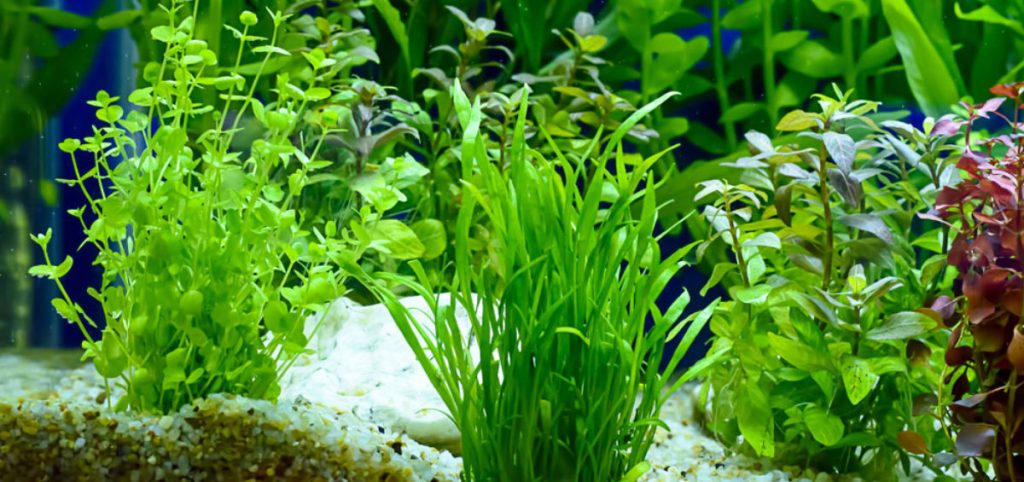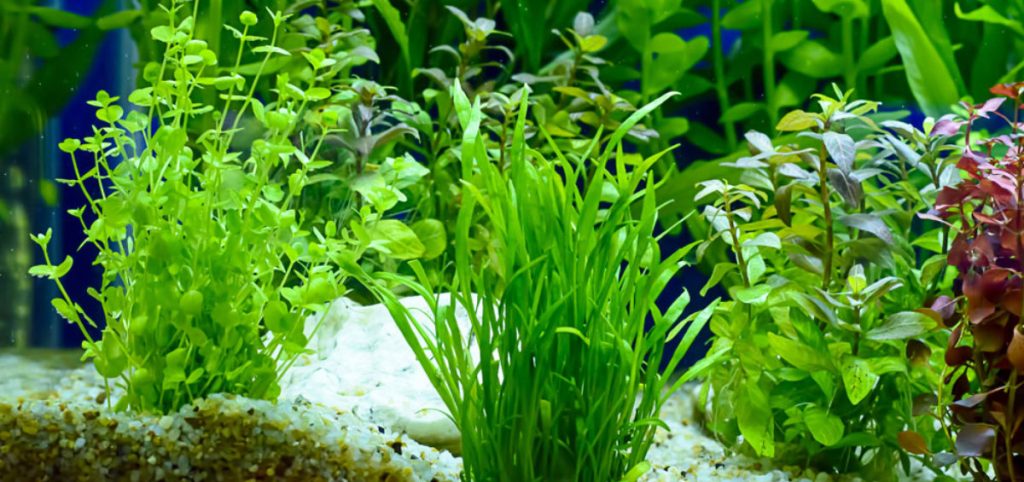Types of Aquatic Plants
Aquatic plants can be broadly classified into four categories: floating plants, submerged plants, emergent plants, and marginal plants. Each type has unique adaptations that allow them to survive and flourish in their specific watery habitats.
Floating Plants
Floating plants are not anchored to the substrate but float freely on the water's surface. They absorb nutrients directly from the water through their roots and leaves. Some popular floating plants include:
Water Hyacinth (Eichhornia crassipes): Known for its striking lavender flowers and dense foliage, Water Hyacinth is a fast-growing plant that helps in reducing algae growth by blocking sunlight.
Duckweed (Lemna minor): One of the smallest flowering plants, plants that grow in water Duckweed forms a green carpet on the water surface, providing shade and habitat for aquatic organisms.
Submerged Plants
Submerged plants grow entirely underwater, with their roots anchored in the substrate. They play a vital role in oxygenating the water and providing shelter for fish. Notable submerged plants are:
Hornwort (Ceratophyllum demersum): This plant grows in dense, bushy clusters, making it an excellent oxygenator and shelter for fish fry.
Anacharis (Egeria densa): Also known as Brazilian Waterweed, Anacharis is easy to care for and helps keep water clean by absorbing excess nutrients.
Emergent Plants
Emergent plants have roots that are submerged, but their stems, leaves, and flowers rise above the water surface. They are commonly found along the edges of ponds and wetlands. Examples include:
Cattails (Typha): Recognizable by their tall, brown, cylindrical flower spikes, Cattails provide habitat for wildlife and help filter water by trapping sediments.
Lotus (Nelumbo nucifera): Revered in many cultures for its beauty and symbolism, the Lotus has large, round leaves and stunning flowers that bloom above the water.
Marginal Plants
Marginal plants grow in shallow water or at the water's edge, with their roots in the water and foliage above. They are ideal for planting around ponds to create a natural, seamless transition between water and land. Examples include:
Iris (Iris pseudacorus): The Yellow Flag Iris has vibrant yellow flowers and sword-like leaves, making it a striking addition to water gardens.
Pickerelweed (Pontederia cordata): With its heart-shaped leaves and blue-violet flowers, Pickerelweed attracts pollinators and provides cover for fish.
Benefits of Aquatic Plants
Aquatic plants offer numerous benefits beyond their aesthetic appeal. They contribute to the overall health of aquatic ecosystems by:
Improving Water Quality: Aquatic plants absorb excess nutrients, such as nitrogen and phosphorus, from the water, reducing the risk of algal blooms and maintaining water clarity.
Providing Oxygen: Through photosynthesis, submerged and floating plants release oxygen into the water, which is essential for the survival of fish and other aquatic organisms.
Creating Habitat: Aquatic plants provide food, shelter, and breeding grounds for a variety of wildlife, including fish, amphibians, and insects.
Erosion Control: Emergent and marginal plants help stabilize the edges of ponds and waterways, preventing erosion and maintaining shoreline integrity.
Caring for Aquatic Plants
Caring for aquatic plants involves ensuring they have the right conditions to thrive. Here are some general tips:
Light: Most aquatic plants require ample sunlight to perform photosynthesis. Ensure they receive at least 6 hours of direct sunlight daily.
Nutrients: While aquatic plants obtain nutrients from water, supplementing with aquatic plant fertilizers can promote healthy growth.
Pruning: Regularly prune dead or decaying leaves to prevent them from decomposing in the water and contributing to nutrient buildup.
Pest Control: Monitor for pests such as aphids and snails, and take appropriate measures to control infestations.






Comments